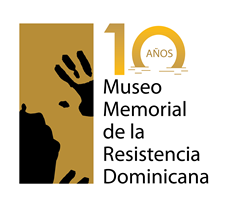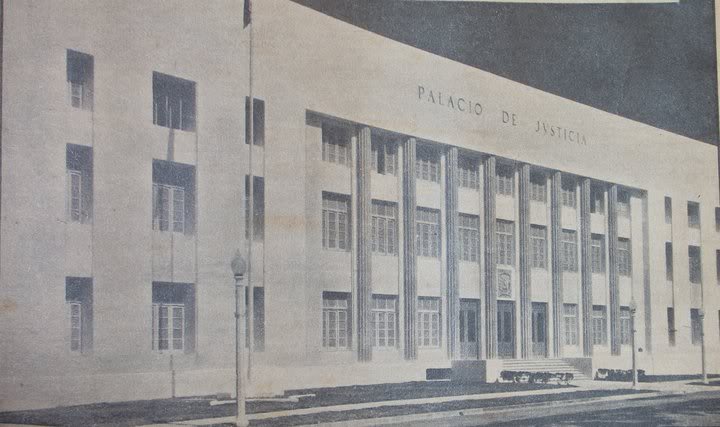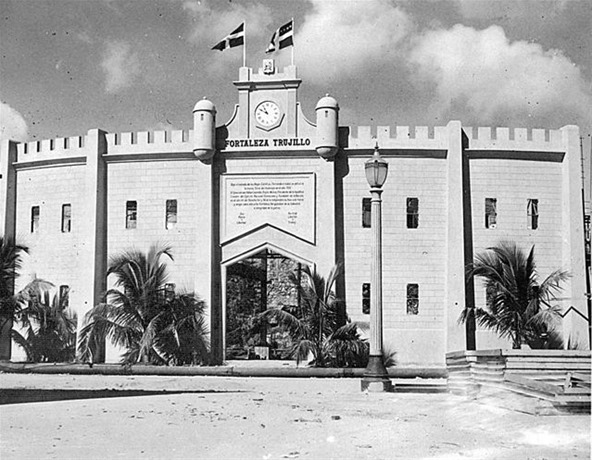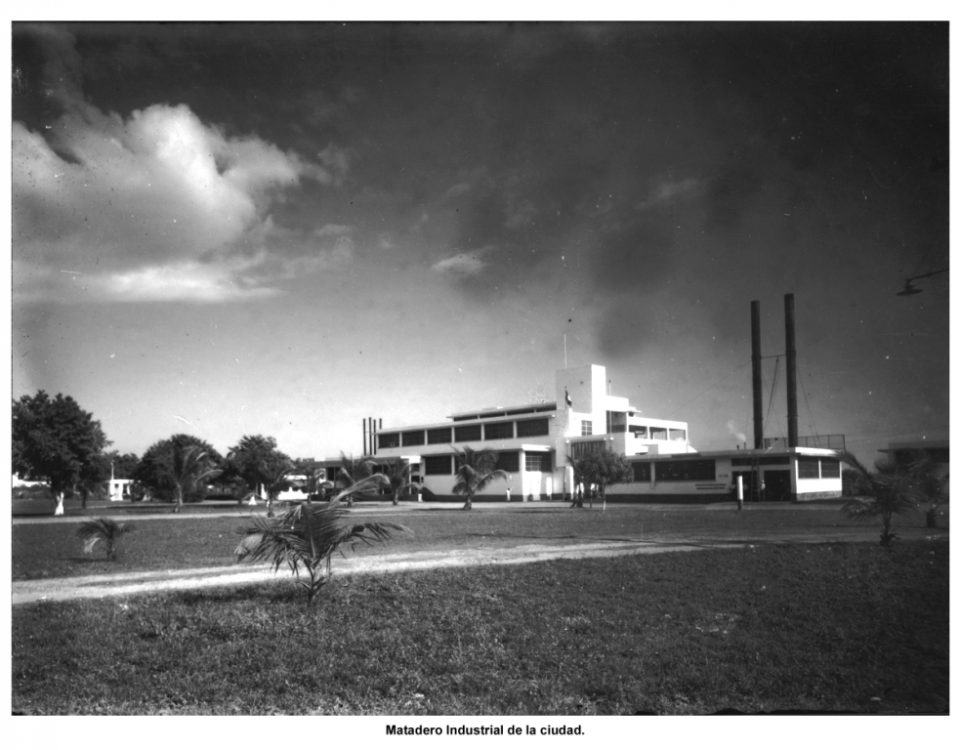Dominican Liberation Movement
The Beginning. The Dominican exile organizes itself
February 22, 2017
Dominican Liberation Army.
February 22, 2017As of January 1, 1959, with the triumph of the Revolution, Cuba offered the necessary conditions and economic aid to establish the training camps for the expeditionary troops that would go to Dominican soil. At the end of January, José Horacio Rodríguez, Rinaldo Sintjago and Poncio Pou Saleta arrived to the sister island to begin the preparations for the recruitment of the troops that would be trained in the camps of Mil Cumbres, Pinar del Río province, and the San Julián camp, the latter aborted for various reasons. From March onwards, more than three hundred volunteers arrived from different American countries. At Fidel Castro's request, Enrique Jimenes Moya was appointed as official liaison between the Dominicans and the Cuban revolutionaries.
With the participation of almost all the political organizations of the Dominican exile, a congress was held in March, thanks to the call made by the Dominican Patriotic Union of Venezuela, where the Dominican Liberation Movement was formally constituted, with the integration of the United Front of Puerto Rico, the United Dominican Front of New York, the Dominican Patriotic Union of Cuba, the Popular Socialist Party, the Independent Democratic Front of Venezuela and the Dominican Patriotic Union of the USA.
The constitutive act of this patriotic entity includes the appointment of Enrique Jimenes Moya as Commander in Chief of the Dominican Liberation Army, as well as the creation of an Advisory Council of the Dominican Revolution made up of two representatives from each of the above institutions. At the same time, a Central Executive Committee was elected made up of Dr. Francisco Castellanos, Dr. Francisco Canto, Mr. Cecilio Grullón, Dr. Luis Aquiles Mejía and Dr. Juan Isidro Jiménez Grullón. General Juancito Rodriguez was appointed Counselor of said Committee and alternate in the absence of any of them. The fundamental resolution of this assembly was the drafting and approval of its government platform, contained in the Minimum Program of the Dominican Revolution.
This document explained the economic, social and political transformations that the MLD would put into practice after the triumph. It also established the commitment to support the exercise of representative democracy and, at the international level, "to promote relations with other peoples, based on understanding and mutual respect inspired by the private equality of states and the self-determination of peoples".
This Liberation Movement and its Army brought together a heterogeneous and plural group of men of different political ideologies, social classes, religions, races and nationalities. Capitalists and socialists, intellectuals and workers, professionals and peasants. Young and old, Dominicans and foreigners gathered with the same ideal: the defense of FREEDOM and DEMOCRACY in the Dominican Republic.




